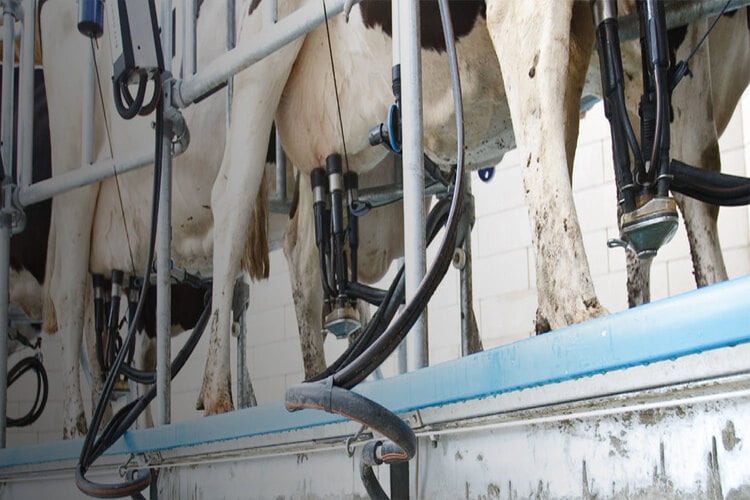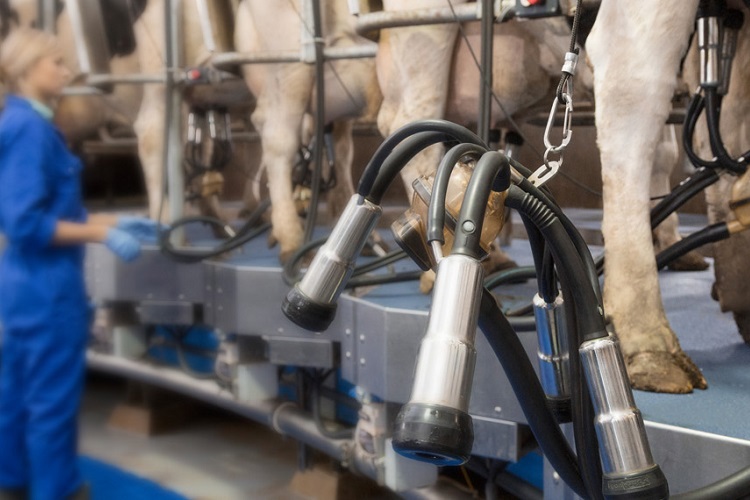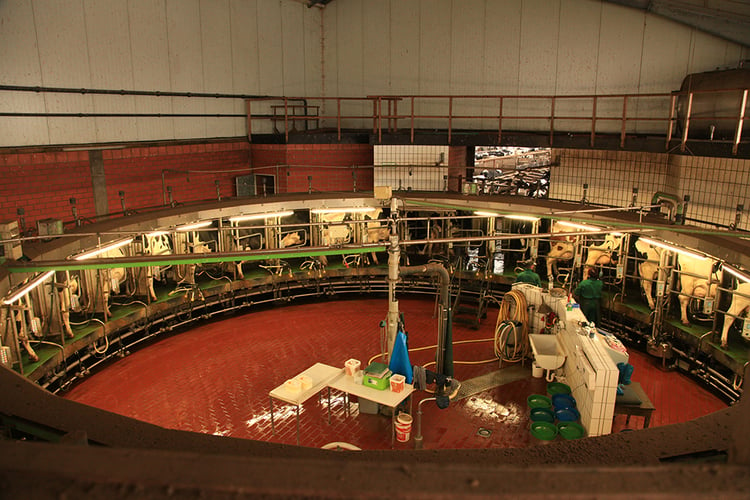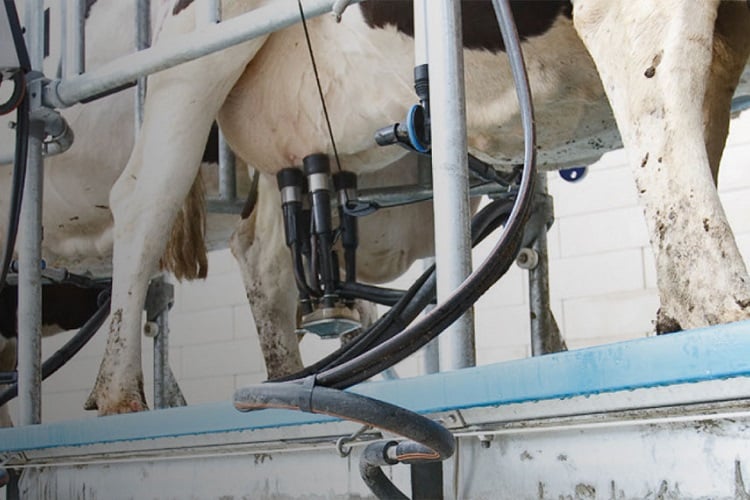The long-term effects of LifeStart feeding schedules on performance can only be measured two to three years after they were applied. It will take a lot of time and a lot of animals need to be included in studies to find any detectable differences. So, to better understand LifeStart effects on cows kept in different production systems and different climates, also subjected to differences in feeding management, a meta-analysis was undertaken[1] that included studies done on three different continents and included enough animals to draw conclusions.
- LifeStart
- First lactation
Meta-analysis on the effects of Lifestart feeding schedules on future milk production

Study design and results
Data from 12 studies involving a total of 675 cows were used for the analysis. A clear relation between pre-weaning growth and production in the first lactation was found, with the equation: milk yield = -106 kg – 1,551.4 x ADG in kg/day. Thus, for every kg of extra ADG, a heifer will produce 1,551.4 kg extra milk in the first lactation. Next to that, there was a relationship between intake of calf milk replacer or milk above maintenance level and production: milk yield = –60 kg + 1,100 kg × estimated difference in intake over maintenance.
Conclusion
It was found that just by feeding more nutrients, future milk production will increase. For every additional kilo of average daily gain during the pre-weaning period, a dairy heifer will be producing 1500 kilos more milk during the first lactation. This was a consistent finding throughout the 12 studies, with no limit to the growth. Specific differences between the studies are difficult to explain. In some studies, every kilo of extra weight gain resulted in 3000 kilos of extra milk. In some other studies, this was only 600 kilos of extra milk per kilo of extra weight gain. There were differences in the production levels of those cows and differences in the amount of growth that the calves had in the pre-weaning period. Therefore, the meta-analysis gives a more consistent, more reliable estimate of potential gains compared to the results of a single study.
Next to the effects of a LifeStart feeding schedule on early life growth, there is also an additional effect of colostrum. By giving more colostrum, you can also get more milk. These effects seem to be additive.
References
[1] Soberon, F and M. E. Van Amburgh, 2013, The effect of nutrient intake from milk or milk replacer of pre-weaned dairy calves on lactation milk yield as adults: A Meta-analysis of current data, J. Anim. Sci. 91:706-712.



